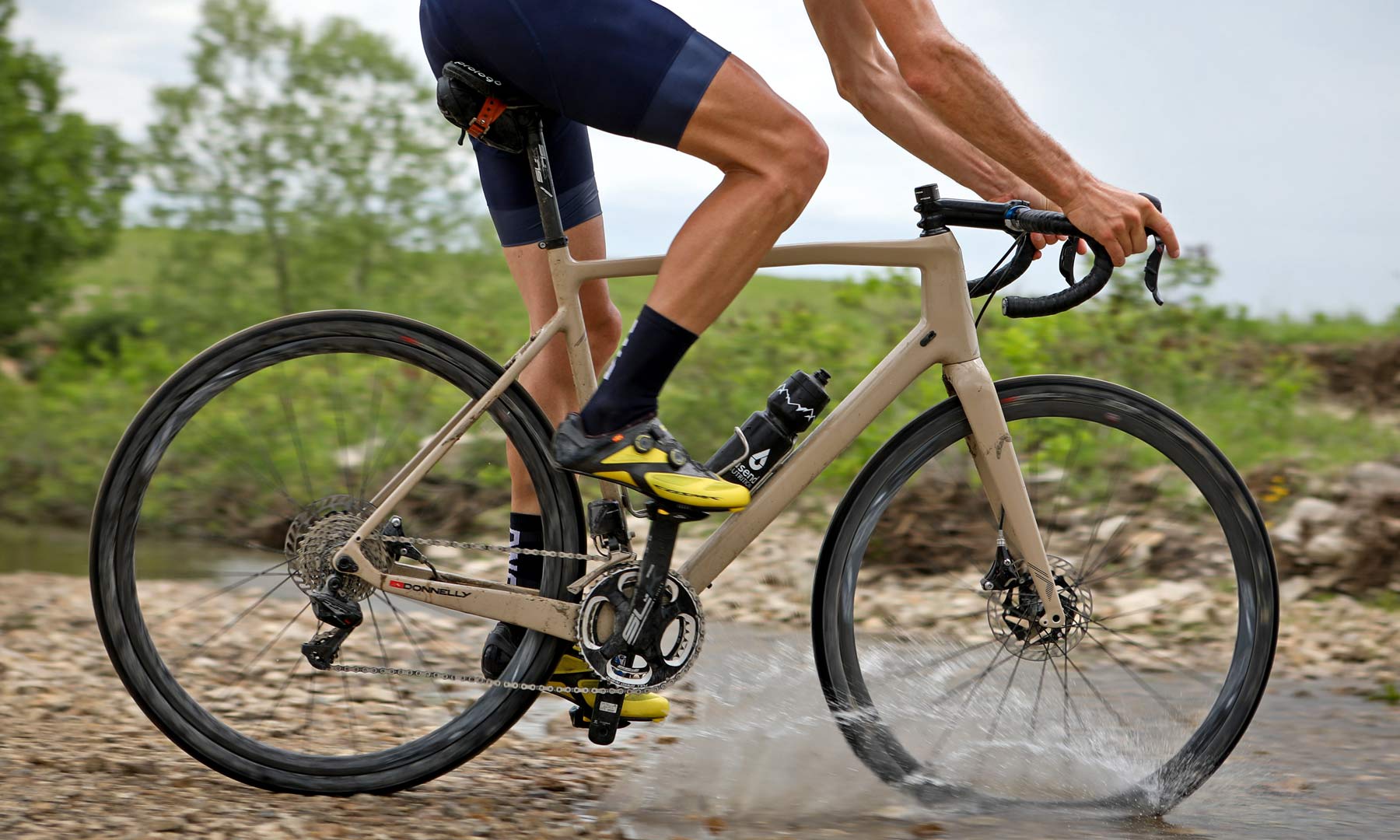
They provide sufficient braking power for more technical terrain and when you have, for example, an extra 10 kg in your bikepacking bags. A solution like this can be really useful if we know that, e.g., for the next 100 km, we may not find any water source.įorks dubbed "utility forks" are becoming the new trend, aside from bosses for racks and fenders, they even have a three-boss configuration for bottle cages on one side, allowing you to mount accessories such as the Anything Cage and carry even more luggage.ĭisc brakes are a staple in gravel cycling. There are often as many as three bottle mounts-two in the main triangle of the frame and one under the down tube. Places for fenders and racks are standard.

Gravel bikes usually have plenty of them. That’s why they’ve drawn many solutions, e.g., from touring bikes. Gravel bikes have to adapt to various conditions and be as versatile as possible. The cyclocross bike is much more specialized and it works best on short, winding, muddy trails. Combined with long rear forks, which provide a larger wheelbase, gives us reliable, predictable steering and stability, even when loaded with heavy luggage.ĭue to these features, gravel bikes are great for adventures, when we often can't quite predict exactly what type of terrain we’ll encounter on the way or when we’re reckoning with the fact that we won't only be riding on tarmac. Thanks to this treatment, the bike copes well at high speeds on heavy terrain. What makes this type of two-wheeler stand out from the crowd? The taller head tube, reminiscent of those known from endurance road bikes, and slacker angles than cyclocross bikes, make gravel bikes comfortable on very long routes, and even suitable for ultra-marathons and spending several hours in the saddle.Īnother feature of the gravel bike, compared to road bikes or CXs, is the low bottom bracket. Imagine something between a cyclocross, a road bike, and an MTB.Ĭomfortable geometry for those long routes, maximum durability and functionality combined with stability, and even some damping capabilities, without substantial losses in speed, these are the features of a gravel bike. The easiest way to characterize this type of bike is probably by referring to categories we’re already familiar with. Another category slowly began to emerge.įrom the need to own a bike that would be suitable for tarmac, but also able to cope well on light terrain or simple singletracks, the gravel bike was created. Endurance road bikes for long-distance races (the so-called Audax) started to mutate and more and more "off-road" details started to appear on them. After all, they were created for fast muddy races with lots of sharp turns, not for multi-day adventures with luggage.Īs usual, people began to experiment, rebuilding their old road bikes, installing thicker tires, and changing the drivetrain. However, the geometry of these two-wheelers is not entirely suitable for longer trips. The first idea that springs to mind to tackle such terrain is a cyclocross bike. Long adventures, intended to be roadlike by nature, usually result in us having to deal with short sections of mountain bike riding at the same time. Terrain like this is too tough for a road bike, but it’s also easy enough to be ridden on that an MTB is an overkill, and because of that we can find a much faster, more practical solution.
Gravel bikes full#
There was a particularly strong niche for it in the USA, a country full of long forest, gravel roads.

It originated from a specific need and, contrary to popular belief, it’s not an artificially driven trend.

Genesis - where did the gravel bike come from? Sounds too good to be true, right? Of course, this isn't entirely the case, but you could certainly chance saying that a gravel bike is one of the most versatile types of bikes out there. So basically, it’s a bike for everything. At the same time, when the mud, forest paths, and gravel appear on the horizon, you won't have to get off it and wring your hands.

It's a bike that isn’t afraid of a quick coffee ride and a bike that’ll keep you up to speed with the rest of the group on. A gravel bike is an MTB for road cyclists and a road bike for mountain bikers. Imagine the Frankenstein among two-wheelers. What’s this type of bike, anyway? And why has the whole cycling world gone crazy about it over the last few years?


 0 kommentar(er)
0 kommentar(er)
